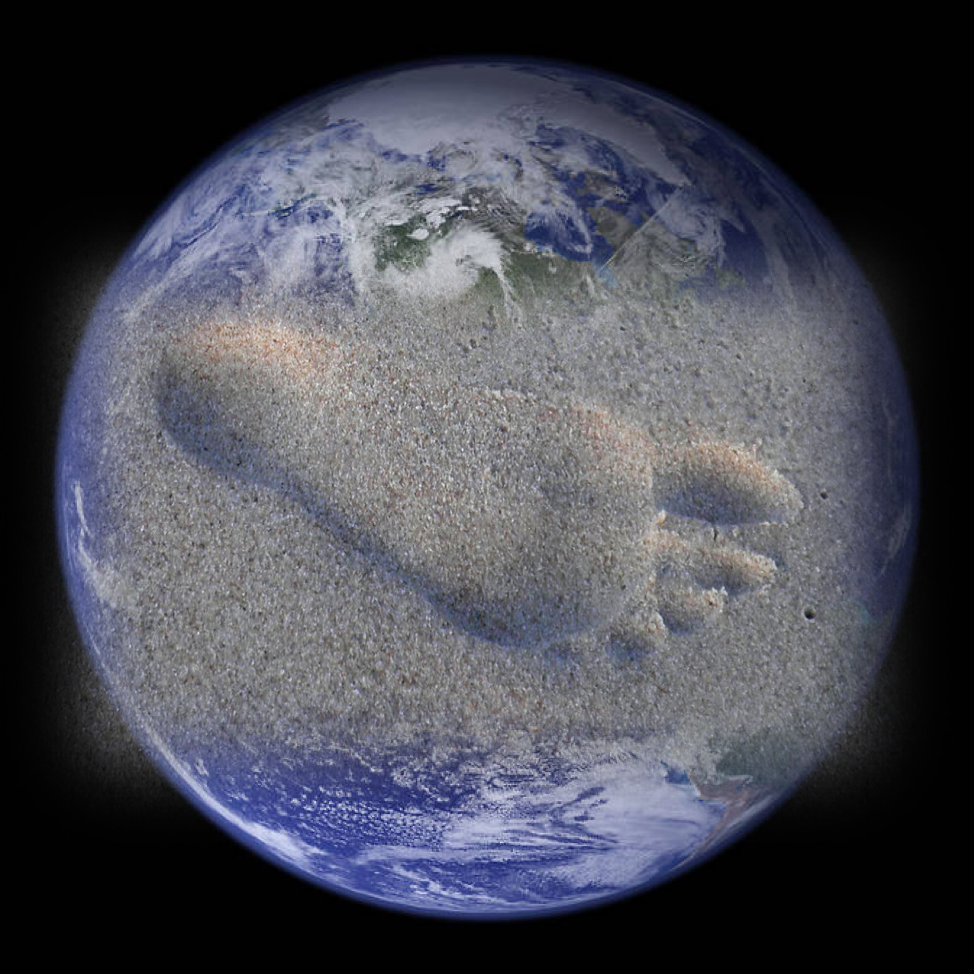Rate and Scope of Extinction Source: (“Summary for policymakers of the global assessment report on biodiversity and ecosystem services of the Intergovernmental Science-Policy Platform on Biodiversity and Ecosystem Services” published in draft form 29 May 2019.) Summary for Policymakers-Advance Draft
The global rate of species extinction is already at least tens to hundreds of times higher than the average rate over the past 10 million years and is accelerating (established but incomplete) {2.2.5.2.4}
- Human actions have already driven at least 680 vertebrate species to extinction since 1500
- The threat of extinction is also accelerating: in the best-studied taxonomic groups, most of the total extinction risk to species is estimated to arisen in the past 40 years (established but incomplete) {2.2.5.2.4}.
- The proportion of species currently threatened with extinction according to the IUCN Red List criteria averages around 25 per cent across the many terrestrial, freshwater and marine vertebrate, invertebrate and plant groups that have been studied in sufficient detail to support a robust overall estimate (established but incomplete) {2.2.5.2.4, 3.2}
- More than 40 per cent of amphibian species, almost a third of reef-forming corals, sharks and shark relatives and over a third of marine mammals are currently threatened {2.2.5.2.4, 3}.
- The proportion of insect species threatened with extinction is a key uncertainty,but available evidence supports a tentative estimate of 10 per cent (established but incomplete) {2.2.5.2.4}.
Those proportions suggest that, of an estimated 8 million animal and plant species (75% of which are insects), around 1 million are threatened with extinction (established but incomplete) {2.2.5.2.4}.
What is the reasoning behind the well-publicized (and controversial) estimate of “1 million threatened species?” (See explanations by Dr. Andy Purvis here: https://www.ipbes.net/search-index?search_api_views_fulltext=extinction+estimate)

- The Living Planet Index, which synthesises trends in vertebrate populations, has declined rapidly since 1970, falling by 40% for terrestrial species, 84% for freshwater species and 35% for marine species (established but incomplete) {2.2.5.2.4}.
- On land, wild species that are endemic (narrowly distributed) have typically seen larger-than-average changes to their habitats and shown faster-than-average declines (established but incomplete) {2.2.5.2.3, 2.2.5.2.4}.

“A substantial proportion of assessed species are threatened with extinction and overall trends are deteriorating, with extinction rates increasing sharply in the past century. (A) Percentage of species threatened with extinction in taxonomic groups that have been assessed comprehensively, or through a ‘sampled’ approach, or for which selected subsets have been assessed, by the International Union for Conservation of Nature (IUCN) Red List of Threatened Species. Groups are ordered according to the best estimate for the percentage of extant species considered threatened (shown by the vertical blue lines), assuming that data deficient species are as threatened as non-data deficient species. (B) Extinctions since 1500 for vertebrate groups. Rates for reptiles and fishes have not been assessed for all species. (C) Red List Index of species survival for taxonomic groups that have been assessed for the IUCN Red List at least twice. A value of 1 is equivalent to all species being categorized as Least Concern; a value of zero is equivalent to all species being classified as Extinct. Data for all panels derive from http://www.iucnredlist.org (see Chapter 3 Figure 3.4 and Chapter 2 Figure 2.7).“
- The number of local varieties and breeds of domesticated plants and animals and their wild relatives has been reduced sharply as a result of land use change, knowledge loss, market preferences and large-scale trade (well established) {2.2.5.2.6, 2.2.5.3.1}.
- Human-driven changes in species diversity within local ecological communities vary widely, depending on the net balance between species loss and the influx of alien species, disturbance-tolerant species, other human-adapted species or climate migrant species (well established) {2.2.5.2.3}.
- Many organisms show ongoing biological evolution so rapid that it is detectable within only a few years on even more quickly – in response to anthropogenic drivers (well established) {2.2.5.2.5, 2.2.5.2.6}. Management decisions that take those evolutionary changes into account will be noticeably more effective (established but incomplete)
Drivers of observed changes to nature and ecosystem services
Direct and indirect drivers of change have accelerated during the past 50 years
The rate of global change in nature during the past 50 years is unprecedented in human history. The direct drivers of change in nature with the largest global impact have been (starting with those with most impact): changes in land and sea use; direct exploitation of organisms; climate change; pollution; and invasion of alien species. Those five direct drivers result from an array of underlying causes – the indirect drivers of change – which are in turn underpinned by societal values and behaviours that include production and consumption patterns, human population dynamics and trends, trade, technological innovations and local through global governance. The rate of change in the direct and indirect drivers differs among regions and countries.

